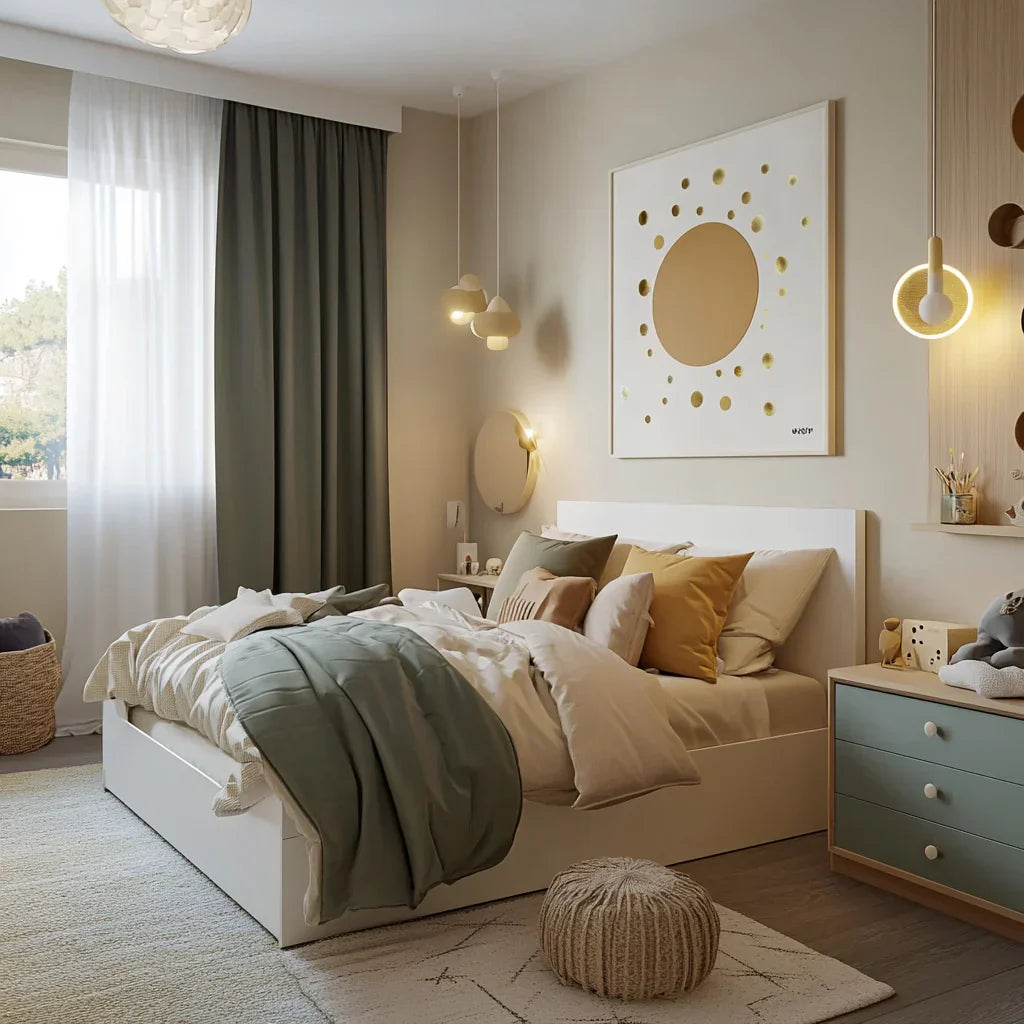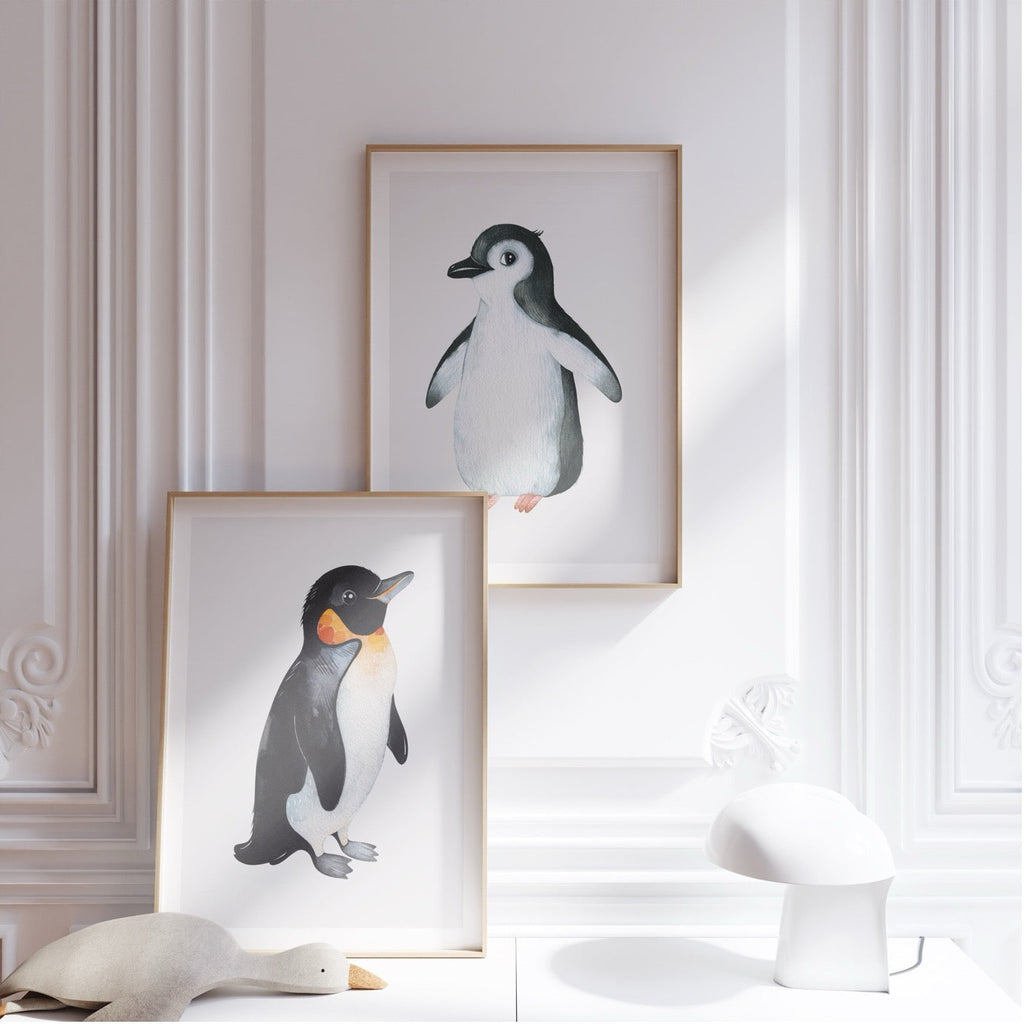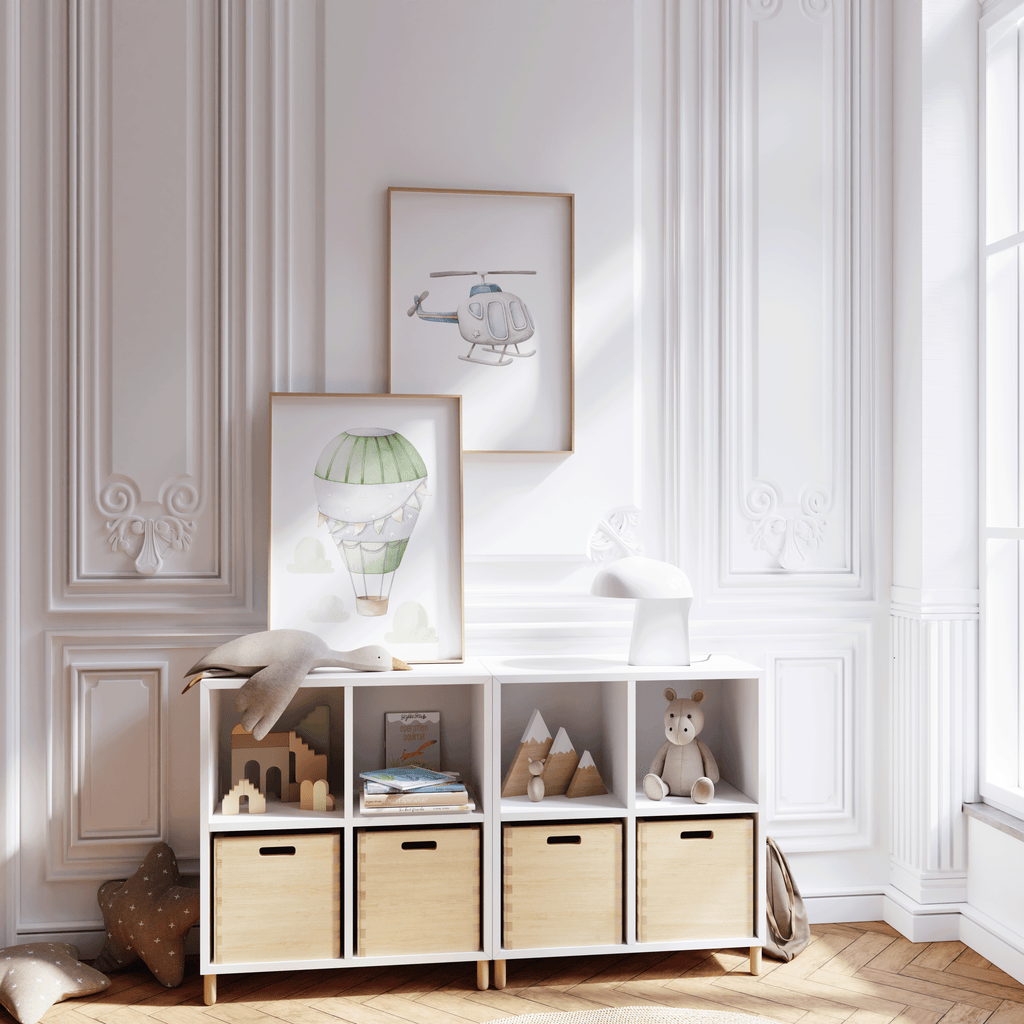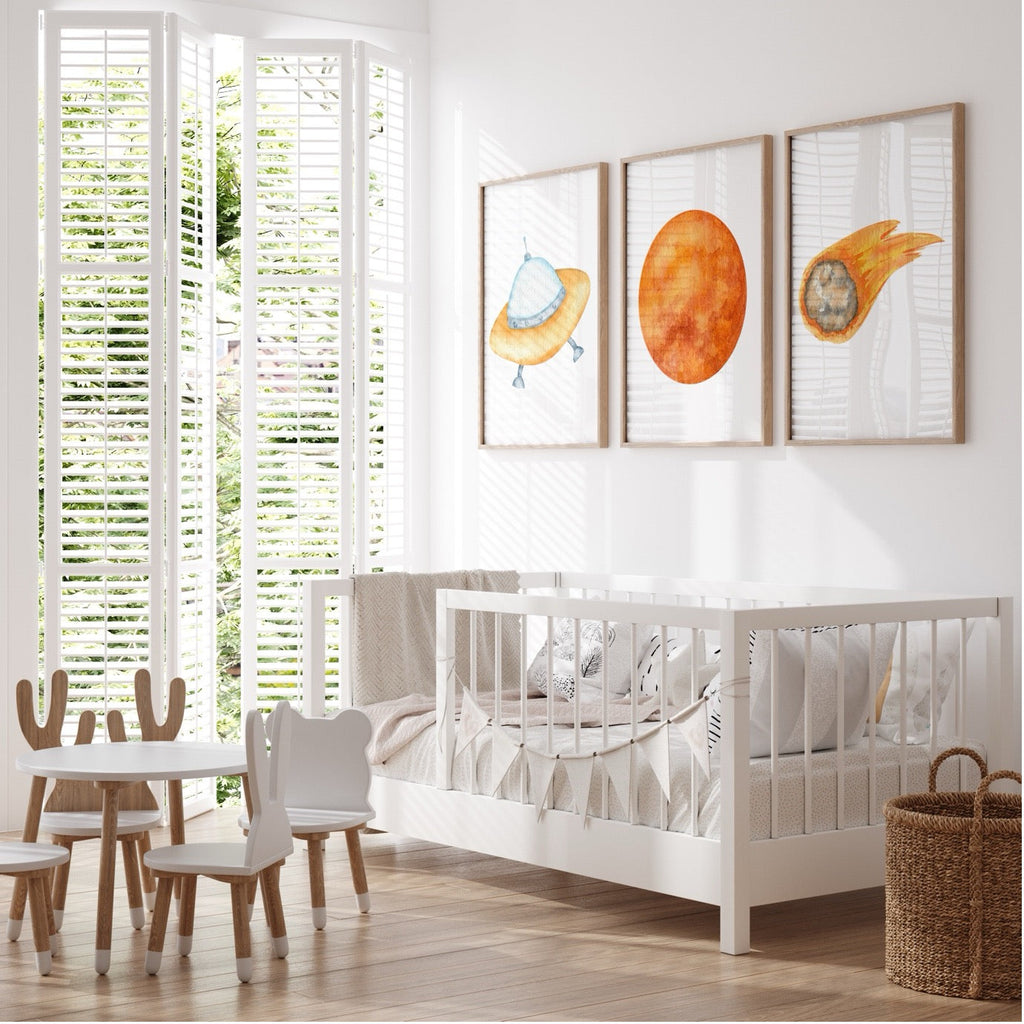Designing a Kids' Room That Grows With Them
Creating a beautiful and functional space for your child is an exciting task, but kids grow fast and their tastes change just as quickly! Instead of redecorating every few years, why not design a room that can evolve with them? With a little planning, you can create a stylish and adaptable space that transitions seamlessly from baby to toddler, to big kid, and beyond.
Here’s how to design a kids' room that grows with them while keeping it fun, functional, and inspiring!
Choose a Versatile Colour Palette
Instead of sticking to overly babyish pastels or bright primary colours, opt for a neutral or muted base. Soft tones like beige, sage green, dusty blue, or warm grey create a calming atmosphere and serve as a flexible backdrop. You can then add pops of colour through easily replaceable elements like bedding, wall art, and decor.
Tip: If you love themed rooms, incorporate themes in a subtle way (e.g., jungle-themed prints instead of painting an entire mural) so they’re easier to swap out as your child grows.

Invest in Timeless Furniture
Kids' furniture can be adorable, but small-scale cribs and themed beds don’t last long. Opt for furniture that grows with your child, such as:
Convertible cribs that turn into toddler and full-size beds.
Dressers that can double as changing tables in the early years.
Neutral bookshelves that work for board books now and novels later.
A sturdy desk that can start as a craft station and transition into a study area.
Tip: Modular furniture, like stackable storage cubes, allows you to rearrange as your child’s needs change.

Make Decor Easy to Update
Instead of committing to permanent design choices that may feel outdated in a few years, use removable elements to refresh the space easily.
Wall decals and peel-and-stick wallpaper let you add personality without long-term commitment.
Swappable art prints allow you to change themes effortlessly—from baby animals to superheroes to minimalist designs.
Throw pillows, rugs, and bedding can be updated to reflect new interests and colour preferences.
Tip: Consider a gallery wall with framed prints—just switch out the artwork as your child’s style evolves!
Create Flexible Storage Solutions
Kids accumulate a lot of stuff, and their storage needs change as they grow. From diapers and toys to books and sports gear, having adaptable storage is essential.
Baskets and bins keep toys organized when they’re little but can later hold books, crafts, or tech accessories.
Open shelving makes it easy to rotate toys and display keepsakes.
A toy chest or storage ottoman can later serve as extra seating.
Tip: Labelling bins (with pictures for younger kids and words for older ones) helps keep things tidy and teaches organization skills.

Design a Multi-Purpose Space
A child’s room isn’t just for sleeping—it’s a playroom, a learning space, and a retreat. As they grow, their needs change, so designing with flexibility in mind is key.
A cozy reading nook can start as a spot for bedtime stories and later become a quiet homework zone.
A small play area with a play kitchen or dollhouse can transition into a space for hobbies like LEGO building or art projects.
A bunk bed with a desk underneath is perfect for maximizing space in small rooms.
Tip: Use rugs to define different areas within the room, making it feel structured yet adaptable.

Designing a kids' room that grows with them is all about making thoughtful choices. By selecting a flexible colour palette, investing in timeless furniture, and incorporating easy-to-update decor, you can create a space that remains functional and stylish through every stage of childhood.
With a little planning, you won’t just design a room—you’ll create a space that your child will love for years to come! 💛
Continue reading














